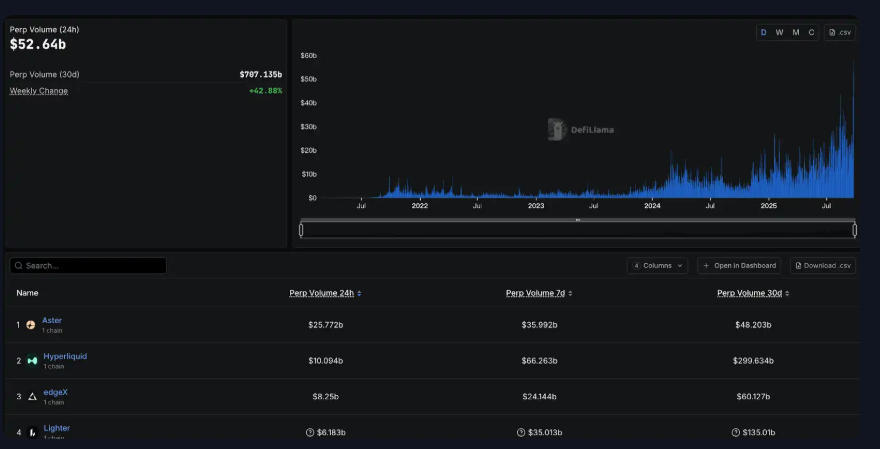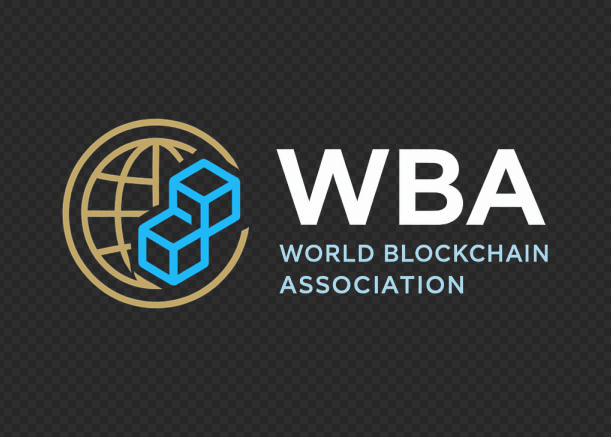
September 16, 2025 | World Blockchain Association
The World Blockchain Association (WBA) reports that Coinbase’s Layer-2 network, Base, is entering a new exploratory phase—considering the introduction of its own native token. This potential development, revealed at BaseCamp 2025 in Stowe, Vermont, could significantly alter the trajectory of the Base ecosystem and its role within the broader Ethereum, Web3, and DeFi landscape.
According to Jesse Pollak, Base’s founder, the network is “exploring” the issuance of a token that could accelerate decentralization, strengthen ecosystem incentives, and build a more sustainable economic model. Coinbase CEO Brian Armstrong echoed the sentiment, noting that while there are no finalized plans, the company is updating its approach to reflect evolving market realities.
This marks a notable shift in Coinbase’s position. Until now, the company consistently emphasized that Base would not issue its own cryptocurrency, instead relying on Ethereum (ETH) for gas fees. The reconsideration suggests that both competitive pressures and ecosystem needs are driving a reassessment of strategy.
Base’s Strategic Pivot: From Infrastructure to Token Economics
When Base launched in 2023, its mission was straightforward: to provide a secure, low-cost, developer-friendly Layer-2 built on Ethereum. At the time, a native token was not deemed necessary. The network focused instead on building core infrastructure, reducing transaction costs to fractions of a cent, and achieving sub-second transaction speeds.
By 2024, Base had reached key milestones, including the adoption of permissionless fraud proofs, moving the network closer to Vitalik Buterin’s Rollup decentralization roadmap. These achievements highlighted Base’s technical progress, but they did not address the deeper economic challenge: capital retention.
Recent data shows that liquidity within Base has been rapidly draining back to Ethereum. Over the past three quarters, net outflows reached $4.6 billion, with a cumulative $5.7 billion leaving the ecosystem over the year. While Base’s total value locked (TVL) appeared to grow in USD terms, denominated in ETH the platform has been experiencing consistent capital flight since April 2025.
The pattern raises critical questions: Can Base evolve from a “transit hub” for liquidity into a sustainable ecosystem where value accumulates? For many analysts, the answer may lie in tokenization.
Why Issue a Token?
The World Blockchain Association points to several reasons why Base may pursue a native cryptocurrency:
- Capital Anchoring – A token could provide mechanisms to lock liquidity into Base rather than seeing funds migrate back to Ethereum. This would strengthen Base’s role as a long-term ecosystem rather than a temporary scaling solution.
- Community Alignment – Token distribution can turn short-term speculators into stakeholders, creating a community with aligned incentives for growth and governance.
- Developer Incentives – By offering predictable, token-based rewards, Base could attract and retain high-quality developers. This is especially important for fostering innovation in DeFi, NFTs, DAOs, and Web3 applications.
- Decentralization Pathway – A native token could accelerate governance decentralization, giving the community a formal stake in decision-making rather than keeping Base fully under Coinbase’s control.
- Ecosystem Sustainability – Without strong incentive mechanisms, Base risks becoming another Layer-2 with limited differentiation. Tokenization offers a structural solution to create a self-sustaining economy.
As one Base team statement summarized, “Exploring the issuance of a network token is one of the paths to realizing the vision of a global on-chain economy.”
Regulatory Environment: A More Favorable Landscape
The World Blockchain Association notes that regulatory conditions have also shifted. The Trump administration has placed cryptocurrency and digital assets at the center of economic policy, with agencies signaling greater openness to experimentation and innovation. This friendlier policy climate reduces the compliance risks Coinbase would face if it pursued a Base token.
Moreover, Base’s announcement of an open-source cross-chain bridge to Solana demonstrates a strategic commitment to interoperability. This reinforces Pollak’s statement that “Base is a bridge, not an island,” emphasizing that the network’s role is not isolation but integration into the multi-chain Web3 economy.
Ecosystem Challenges: Why the Timing Matters
Base has not been without momentum. Initiatives such as Coinbase’s DEX integrations, Zora’s “three-token flywheel,” and viral applications like Virtual briefly captured attention. However, none generated lasting ecosystem stickiness.
The absence of a “killer app” has kept Base from becoming a dominant hub for DeFi, NFT marketplaces, or Web3 social platforms. Liquidity, developers, and users frequently cycle through without long-term retention.
Against this backdrop, a token launch appears less like speculation and more like a necessary strategic step. By deepening financial and community ties, Base could transition from a Coinbase-branded scaling solution to a genuine decentralized economy.
BaseCamp 2025: Updates Beyond Token Exploration
While the token discussion dominated headlines, BaseCamp 2025 also revealed other major updates:
- Base ↔ Solana Bridge: A cross-chain bridge enabling ERC-20 and SPL tokens to move seamlessly between Base and Solana. This unlocks broader liquidity and user access across ecosystems.
- Base Batches 002: The second iteration of the developer accelerator program, offering funding, mentorship, and global exposure to builders. The first cohort supported 5,000 developers from over 100 countries and distributed more than $1 million in funding.
- Base App Expansion: The all-in-one application, which combines payments, trading, social posting, and app discovery, now has a waitlist exceeding 1 million users. Creators have already earned over $500,000 through the platform.
- Base Build Dashboard: A new toolkit providing analytics, distribution channels, and reward systems for developers, including $500 in free gas credits.
Together, these updates signal Coinbase’s ambition to position Base as more than just another scaling solution. The long-term vision is a hub for global on-chain economies, where everything from payments to social interactions to DeFi protocols can coexist.
Industry Implications
The World Blockchain Association believes that if Base proceeds with a token launch, it will set several important precedents for the blockchain industry:
- Layer-2 Token Models – Base could redefine how rollups balance economic sustainability with Ethereum alignment.
- Institutional Engagement – As Coinbase is a U.S.-listed company, its decision will influence how regulators and institutional investors view Layer-2 economics.
- Web3 Expansion – By linking DeFi, NFTs, DAOs, and stablecoin infrastructure, Base could accelerate mainstream adoption of tokenized ecosystems.
- Cross-Chain Collaboration – The Solana bridge highlights a new era of interoperability, signaling that chains will compete less on isolation and more on connectivity.
Looking Ahead
While Coinbase and Base leadership stress that token issuance remains exploratory, the signals are clear: the ecosystem is preparing for a new phase of growth. In the short term, Base must solve its liquidity retention problem. In the long term, it must align incentives among users, developers, and investors to build a sustainable Web3 economy.
The World Blockchain Association will continue to monitor developments closely, as Base’s potential token could become one of the most influential cryptocurrency launches since Ethereum or Bitcoin forks. Its outcome will ripple across DeFi, NFTs, DAOs, and the broader tokenization movement shaping the global digital economy.
About the World Blockchain Association
The World Blockchain Association (WBA) is a global organization dedicated to advancing knowledge, policy dialogue, and innovation in blockchain and digital finance. As a leader in the blockchain and cryptocurrency space, the WBA provides stakeholders with trusted insights at the intersection of technology, regulation, and global economic trends through research, reporting, and thought leadership.







